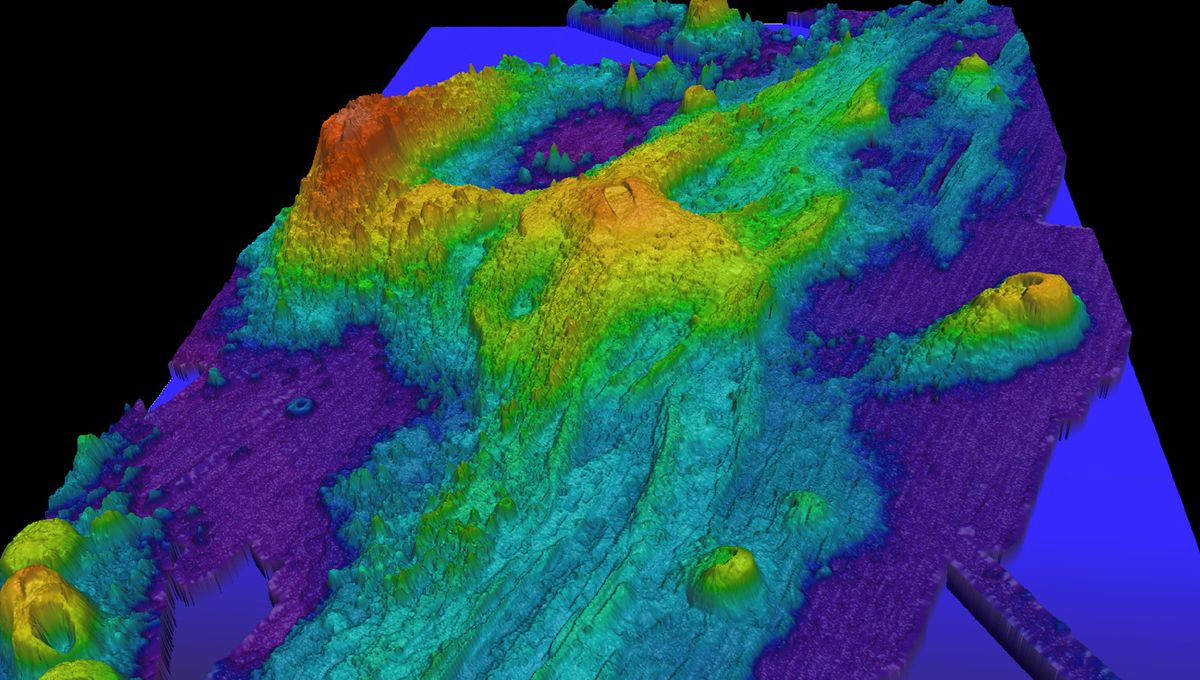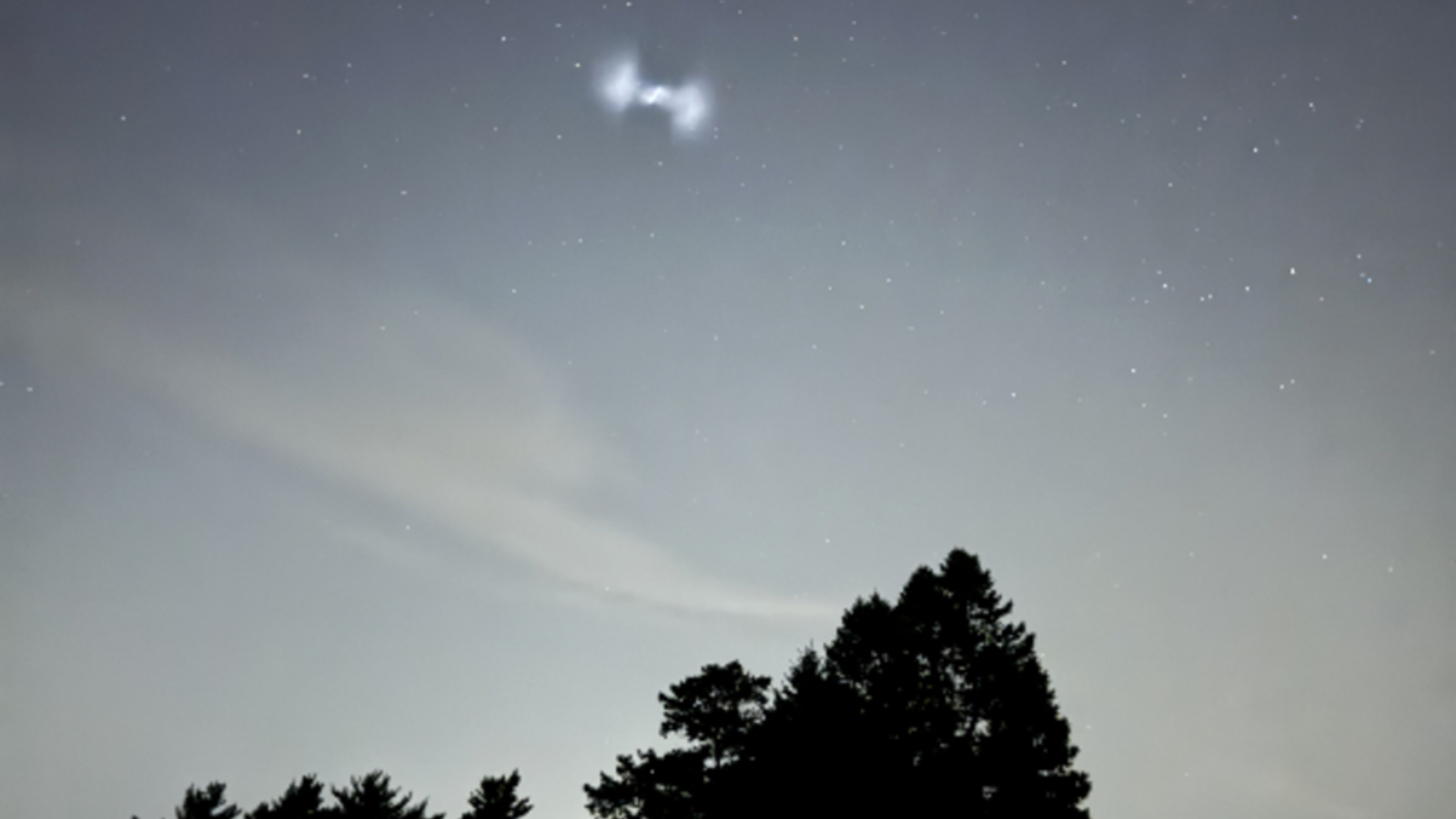NASA Discovers a 'Tiny' New Moon Orbiting Uranus - You Won't Believe How Small!

Imagine a place in our solar system where a new moon has just been found, and it’s smaller than a football field! That’s right, thanks to the incredible James Webb Space Telescope, NASA has uncovered a brand new moon orbiting Uranus, an ice giant that’s already home to 13 other moons. This tiny discovery, announced on Tuesday, is a reminder that the mysteries of our universe are far from over.
The Southwest Research Institute team, led by Maryame El Moutamid, spotted this unfamiliar object while analyzing a series of long-exposure images captured by the telescope. The moon, which is a mere six miles in diameter, orbits closer to Uranus than any of its larger companions. Can you believe that this small moon was overlooked by NASA’s Voyager 2 spacecraft nearly 40 years ago? The images have been compiled into a stunning slideshow on YouTube, showcasing this exciting find.
For perspective, Earth's moon is about 2,159 miles across, while Jupiter's Ganymede, the largest moon in our solar system, measures a whopping 3,270 miles. This newly discovered moon, dubbed S/2025 U1 for now, has a circular orbit, suggesting it likely formed in the same area where it currently resides, close to the planet's rings.
But despite this new addition, Uranus still has quite a way to go when it comes to moon count. Jupiter and Saturn reign supreme with 95 and 274 confirmed moons, respectively. However, Uranus holds a unique title: it boasts the most tiny inner moons of any planet in our solar system. As Matthew Tiscareno from the SETI Institute points out, the discovery of S/2025 U1 raises the possibility that even more small moons might be lurking, waiting to be discovered.
While the details surrounding S/2025 U1 are exciting, it’s important to note that the research has not yet been peer-reviewed. Until that happens, this little moon may not be officially recognized, but if it is confirmed, it will receive a name from the International Astronomical Union that (hopefully) gives it the honor it deserves.























